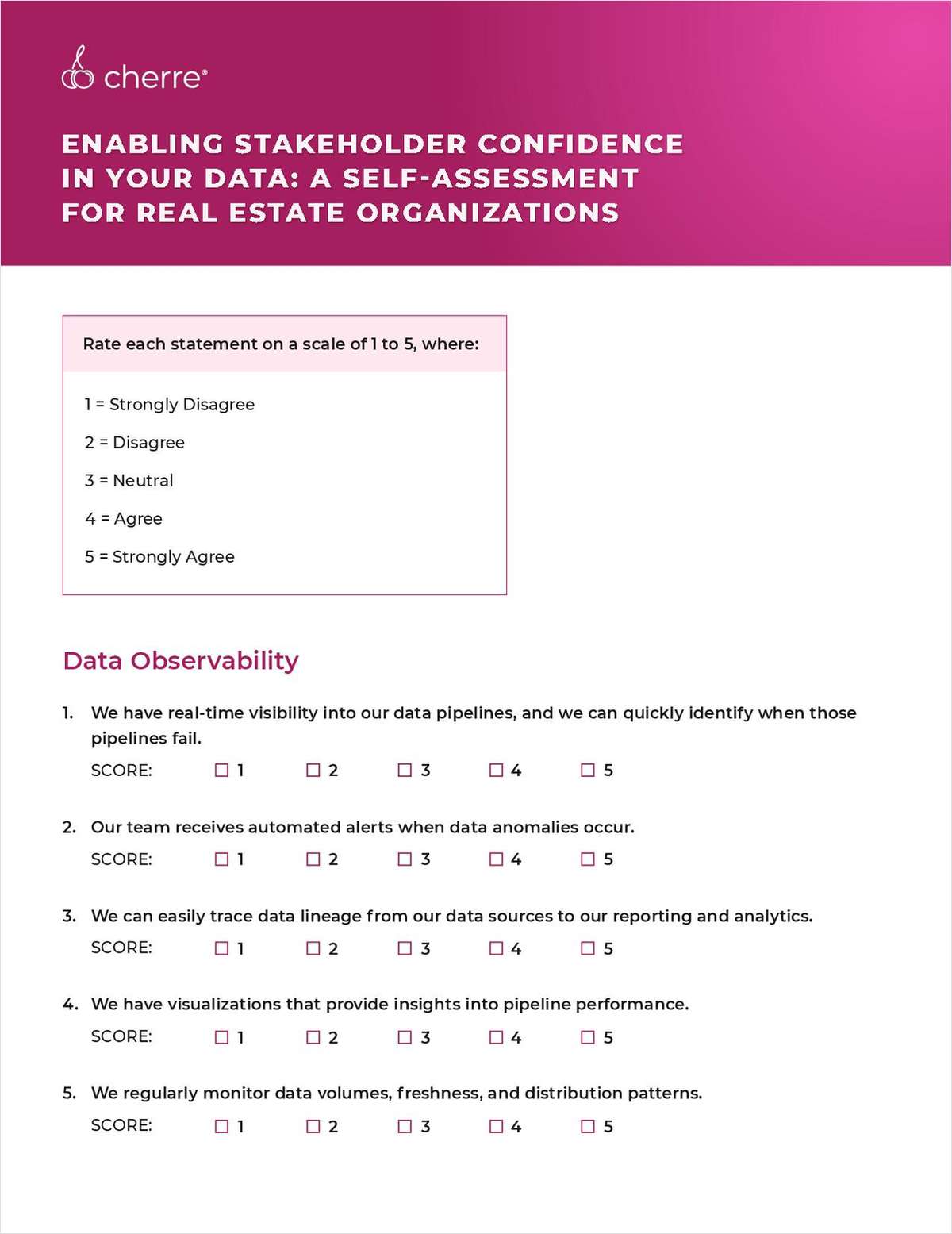(Save the date: RealShare Apartments comes to the Westin Bonaventure, Los Angeles, October 24.)
LOS ANGELES-With so many distressed homes on the market, private-equity funds are considering “buy-to-rent” strategies in bulk for single-family homes, but in doing so are facing a number of operational challenges, Masood Sohaili, a partner with DLA Piper, tells GlobeSt.com. While the money has been raised, the challenge is getting it out the door and managing the assets, which requires some knowledge and experience with property management and creating operational efficiencies.
As GlobeSt.com previously reported, now may be the time for those interested in buying homes for rental purposes to get into the market. According to RealtyTrac’s recently released Foreclosure News Report, the high number of foreclosed properties on the market, along with the wealth of would-be investors kicking tires, means the market could be ripe for this type of investment. PE funds are no exception.
“Some PE funds without a real estate focus are also looking harder at real estate-related businesses that would benefit from an improving real estate market both in terms of business activity and increased real estate values,” says Sohaili. “For example, there is increased interest [from PE funds] in mortgage lenders, home builders, hotels, assisted-living facilities and buy-to-rent strategies.”
A focus on more bulk sales and auctions is anticipated to evolve when private lenders get more involved, Sohaili says. “We may see them doing equity-type transactions, contributing the properties and taking back interests. But that clearly is the holy grail of how to get ahold of these properties.”
He adds that prices should increase due to both demand and macro conditions in the economy. “As prices increase, there’s more emphasis on operations, and people really haven’t figured out the best approach to that. Some are looking to services that have traditionally serviced single-family homes/mortgages under the theory that they’re used to collecting and reporting payments on a monthly basis and reporting delinquencies. They’re using some of their models and structures combined with figuring out how to maintain, clean up and rehab these properties on a large-scale basis. A lot of people are feeling their way around those issues, not having dealt with them on a large scale until now.”
In amassing a portfolio of buy-to-rent assets, he cautions investors not to overbid, but not to be afraid to pay a little more for the asset in order to be the winning bidder. “What look like bad decisions in terms of price today may look smart down the road by the improving market.”
Also, returns may be maximized by operational efficiencies. Sohaili recommends that investors stick to markets they already know, where they have the market infrastructure to manage the properties and create those efficiencies that can compensate for paying a slightly higher price for the asset. “Don’t go outside areas and end up picking up a small group of properties in one state and then another small group in another state. Try to always keep in mind the operational challenges, the management of renting property.”
PE funds’ competitors for buy-to-rent properties include mom-and-pop investors, family offices and groups of friends and families, in addition to private—and potentially public—REITs. “The capital markets will raise money, and those players will also be chasing these properties. Players raising money via the capital markets are paying a lot less for their money than the private-equity guys.” As more private and public REITs raise money and pay lower returns than the private-equity funds do, they’ll be able to pay more for the underlying asset at higher prices, Sohaili adds.
In addition, a solid and efficient operating platform for handling operational challenges should include an understanding and appreciation of the servicing component, similar to what a mortgage servicer would do. Next, it should include making decisions about whether to outsource the rehab, renting and maintenance work or hire and manage employees to do that. “Different people will approach that differently.”
Sohaili points out that REITs have a different long-term strategy than PE funds do when it comes to buy-to-rent strategies. “The PE funds are looking for an exit strategy at the end of their investment period or when they accumulate sufficient homes. The public and private REIT strategy is one of a long-term business that keeps acquiring over time. It’s going to be interesting when prices go up and rents don’t necessarily go up to give the returns they need.”
Still, the capital markets are becoming more involved in the buy-to-rent space and are raising funds for these strategies. “This is much sooner than the PE guys anticipated.”
For more information on distressed-asset investments, click here.
Want to continue reading?
Become a Free ALM Digital Reader.
Once you are an ALM Digital Member, you’ll receive:
- Breaking commercial real estate news and analysis, on-site and via our newsletters and custom alerts
- Educational webcasts, white papers, and ebooks from industry thought leaders
- Critical coverage of the property casualty insurance and financial advisory markets on our other ALM sites, PropertyCasualty360 and ThinkAdvisor
Already have an account? Sign In Now
*May exclude premium content© 2024 ALM Global, LLC, All Rights Reserved. Request academic re-use from www.copyright.com. All other uses, submit a request to [email protected]. For more information visit Asset & Logo Licensing.








